Today we decided go up to Lake Biwa. The Torii at Shirahige Jinja is one of the most scenic spots of Lake Biwa.
Lake Biwa or Biwa-ko is largest freshwater lake in Japan. Located in Shiga, it is approximately 60 km long from north to south. Because of its proximity to the old capital, Kyoto, references to Lake Biwa appear frequently in Japanese literature and particularly in poetry.
The legend of Biwa-ko
The name of the lake originates from the Biwa, a Japanese musical instrument that resembles the shape of the lake. The name Biwako was established sometime in the Edo Period. There are various theories about the origin of the name Biwako, but it is generally believed to be so named because of its resemblance of its shape to that of the stringed instrument.
Lake Biwa is said to be of tectonic origin. It is one of the oldest of the twenty “ancient lakes” of the world and can be traced back to more than 4 million years. This long uninterrupted age has allowed for a notably diverse ecosystem to evolve in the lake. UNESCO, through its Ramsar Convention, helps with the ecological conservation of some 1,100 species living in and around the lake.
Travelling in Japan is a breeze with the smallest of towns connected with trains. However, it is expensive and we used the Seishun 18 pass for our travel to Shiga. We took the JR train from Nara to Kyoto. At Kyoto we changed to a local train on the Kosei Line towards Lake Biwa.
After Otsukyo Station, the train line runs parallel to the lake and one can enjoy the views of the blue lake for the rest of the way, provided you sit towards the right of the coach. Created by a structural depression and fed by small rivers flowing from the encircling mountains, the lake looks endless. From the large window of the train, I could see snow on top of some of the mountains on the far side the lake. From Kyoto it takes about an hour to reach the Omi-Takashima Station where we got down. The Torii at Shirahige Jinja is about 30 minute walk from here.
As you get out of the station, the first thing you notice is the huge Omi-Takashima Gulliver Monument. I later found out that there is a Gulliver’s village for small people some 12 km away from the station.
We made our way towards the Shirahige shrine on foot. The area was desolate and devoid of any humans. A few minutes into the walk we came across the Otomega Pond. We walked across a very creative bridge over the Otomega-ike pond.
Various small homes inhabited by local fishermen are strewn along the banks of the pond, surrounded by rice fields. Right after crossing the pond we were at the Nishi-Oumi Highway. A small tunnel below the expressway took us across to the banks of Lake Biwa. As we walked along the concrete bank we passed a few locals parked there trying their hand at fishing.
The view was clear and amazing. I could see the majestic, snow-clad Mt. Ibuki in a distance across the blue waters of the lake. In addition to its fresh water pearl history, Lake Biwa has great scenic spots, cycling paths, temples and shrines and farmlands. The lake also supplies water to some 14 million residents around and downstream of the lake. The sole outlet, the Yodo River, flows from Lake Biwa’s southern tip to Osaka Bay.
A few meters ahead the concrete path gave way to a sandy beach. The white sand looked like we were on one of the beautiful beaches of Mauritius. It was a bit tough walking as our shoes dug into the semi wet sand. As we walked on, the beach became wider. It turns out this part of the beach is the Shirohigehamasuiei Camping Ground. Towards the rear of this beautiful beach there is a thick grove of pine trees.
Beyond the pine trees, the beach suddenly ends and we had to move over to a side-walk along the expressway. The vehicles were going at a frightening speed. Dusk was setting in so we picked up our pace. After a few minutes, Mani pointed out to the Torii in the lake. We took a break here and took some pictures with the dying sun setting the sky on fire from its reflection.
After a few minutes we continued our walk towards the Shirahige Jinja. In all it took us 40 minutes to walk to the shrine. Light was fading fast and the gate was lit up by a couple of beaming lights. We descended down to the lake by a flight of stairs. The water had receded a bit in the low tide, revealing a small bit of sandy bank.
We stood there for some time bathing in the surreal surrounding. Surrounded by mountains, thick forest and beaches, the area is truly relaxing. It is said, the monk, Ikkyu, the most well-known zen master in Japan, had his moment of enlightenment on Lake Biwa.
Torii at Shirahige Jinja at Night
As night set in, the Torii was lit up in glowing light.
It was dark when we started our back to the Station. Chatting away about the glistening magnificence of Biwa-ko, we made our way back. It was truly another unforgettable experience.
Thanks for reading. Please leave me a comment if you liked the post or follow my story as I hike deep into the woods of Kasugayama Primeval Forest.
Disclaimer: The information presented in this article is based on the time I visited the premises. Note that there might be changes in the prices of merchandise and admission fees that might have occurred after this article was published. At times the facility might also be closed for repairs or for variety of other reasons. Kindly contact the facility or facilities mentioned in this article directly before visiting.
Usage of this site indicates acceptance of my Terms and Conditions.
Credits: The historical information presented herein is gathered mostly from local guides that were re-inforced via historical writings.
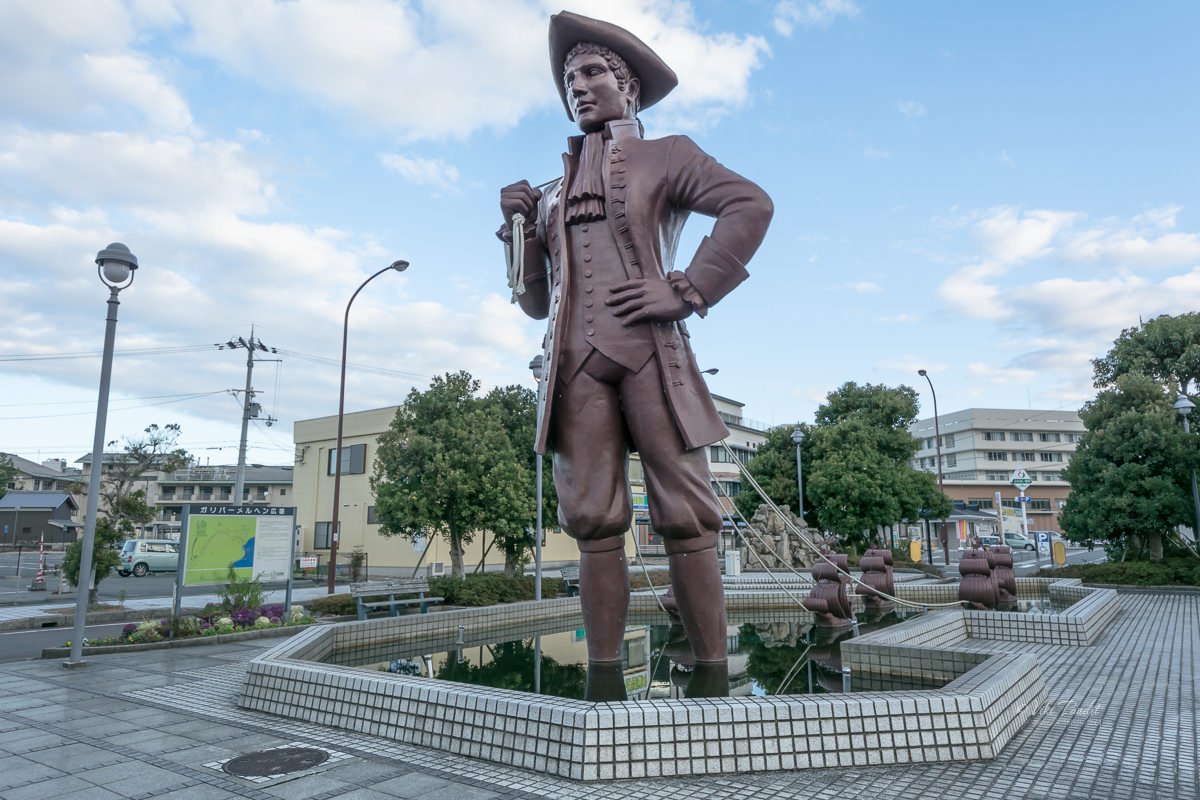


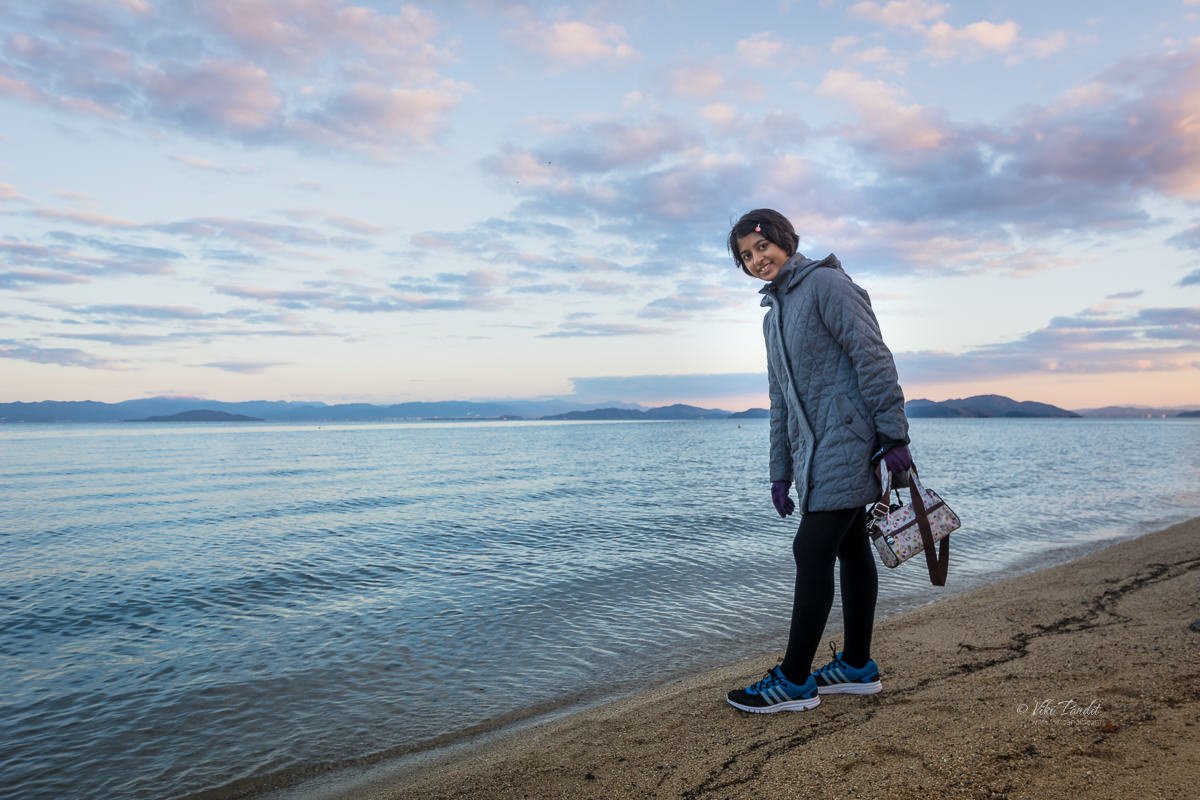
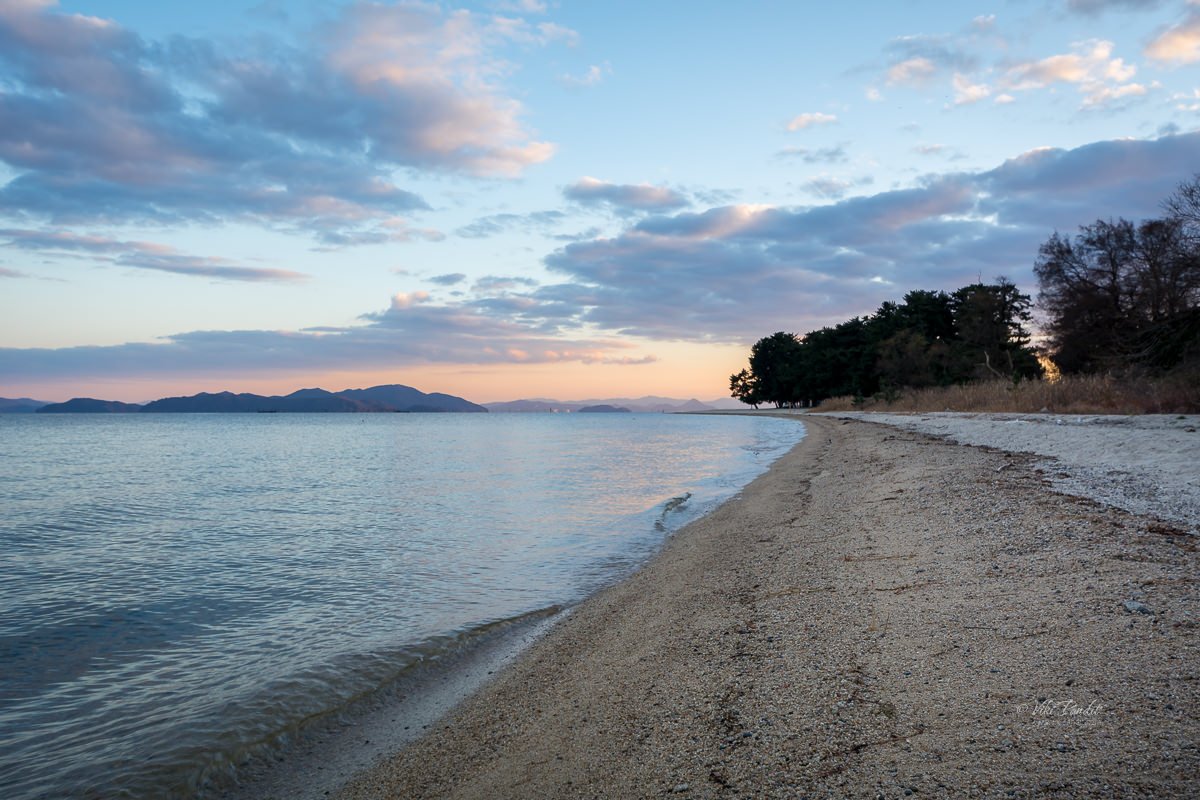




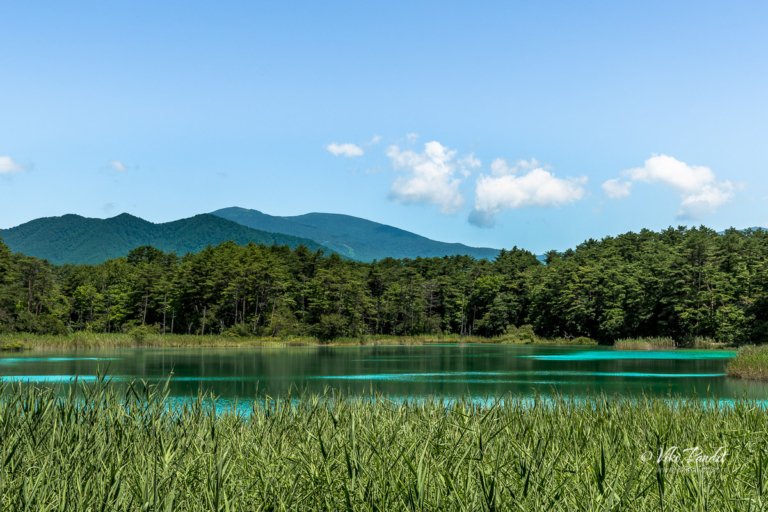

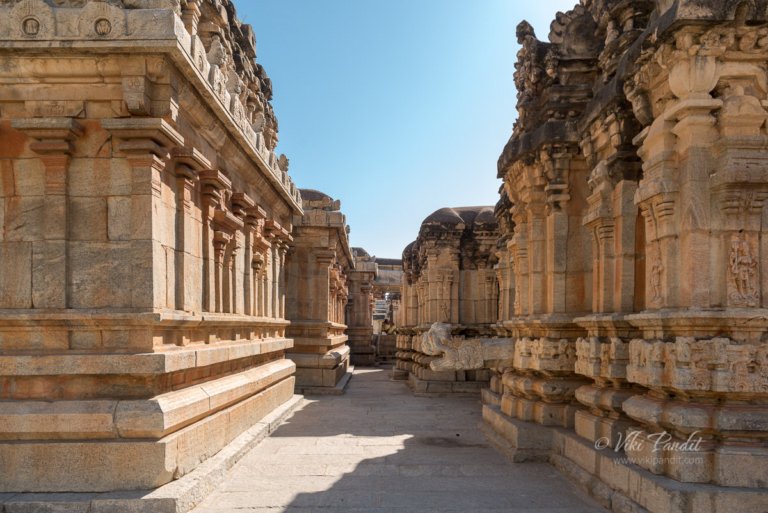
thanks for your introduction. Just like to know if you can see the sunset behind the torii gate. Thanks.
Hi Winnie, No. The sun was setting on my right as I took this photo. Thanks for liking my post. Have a great day!